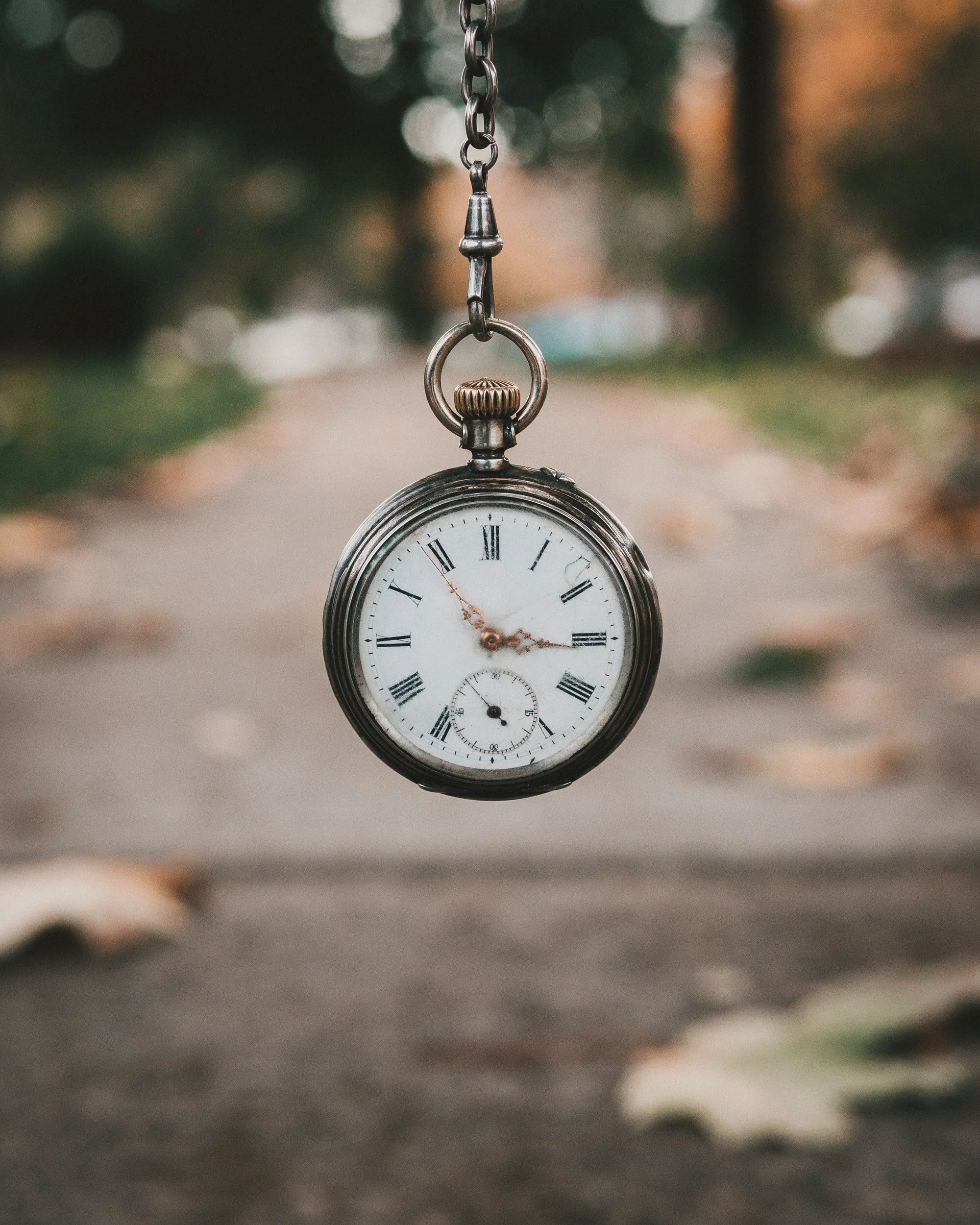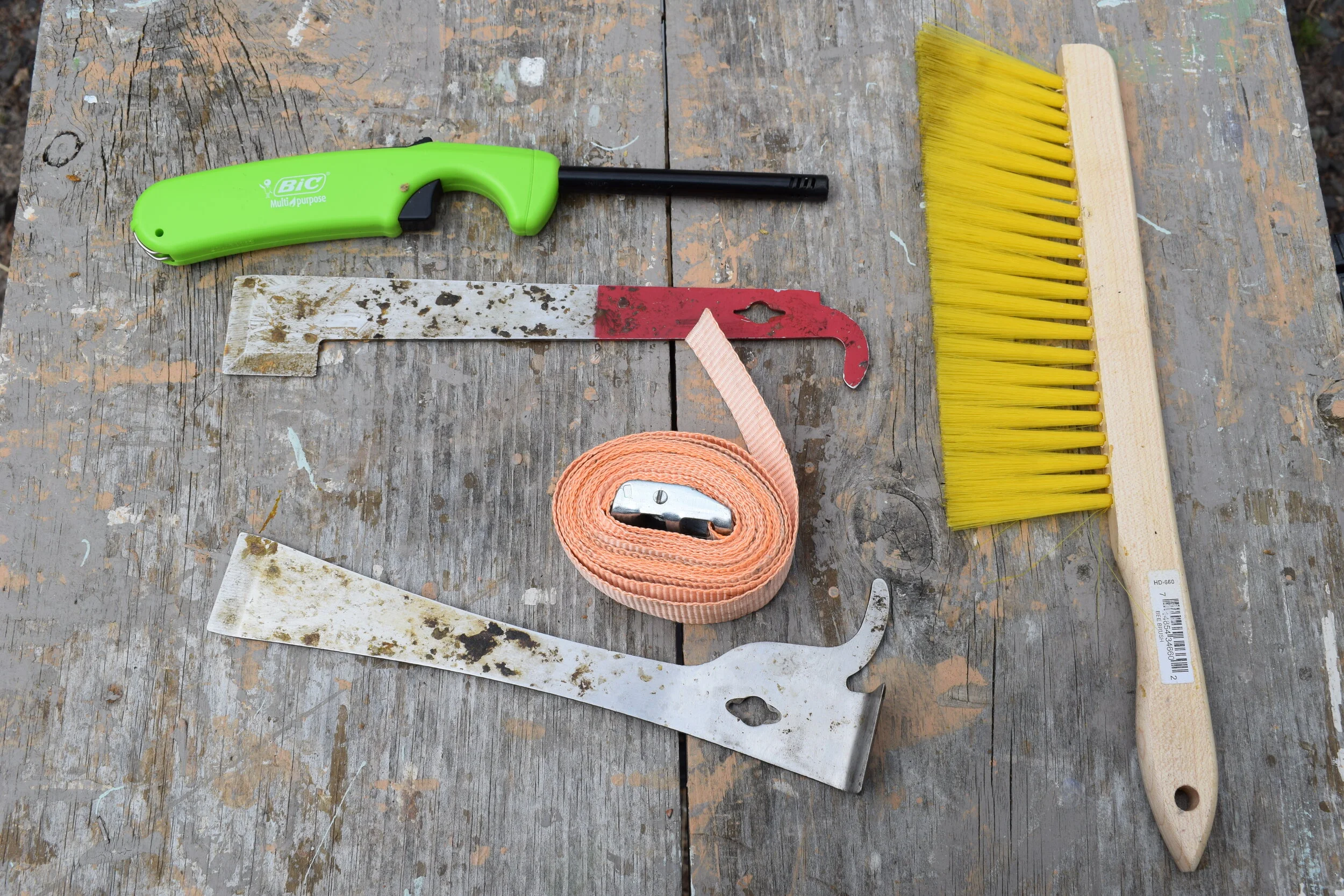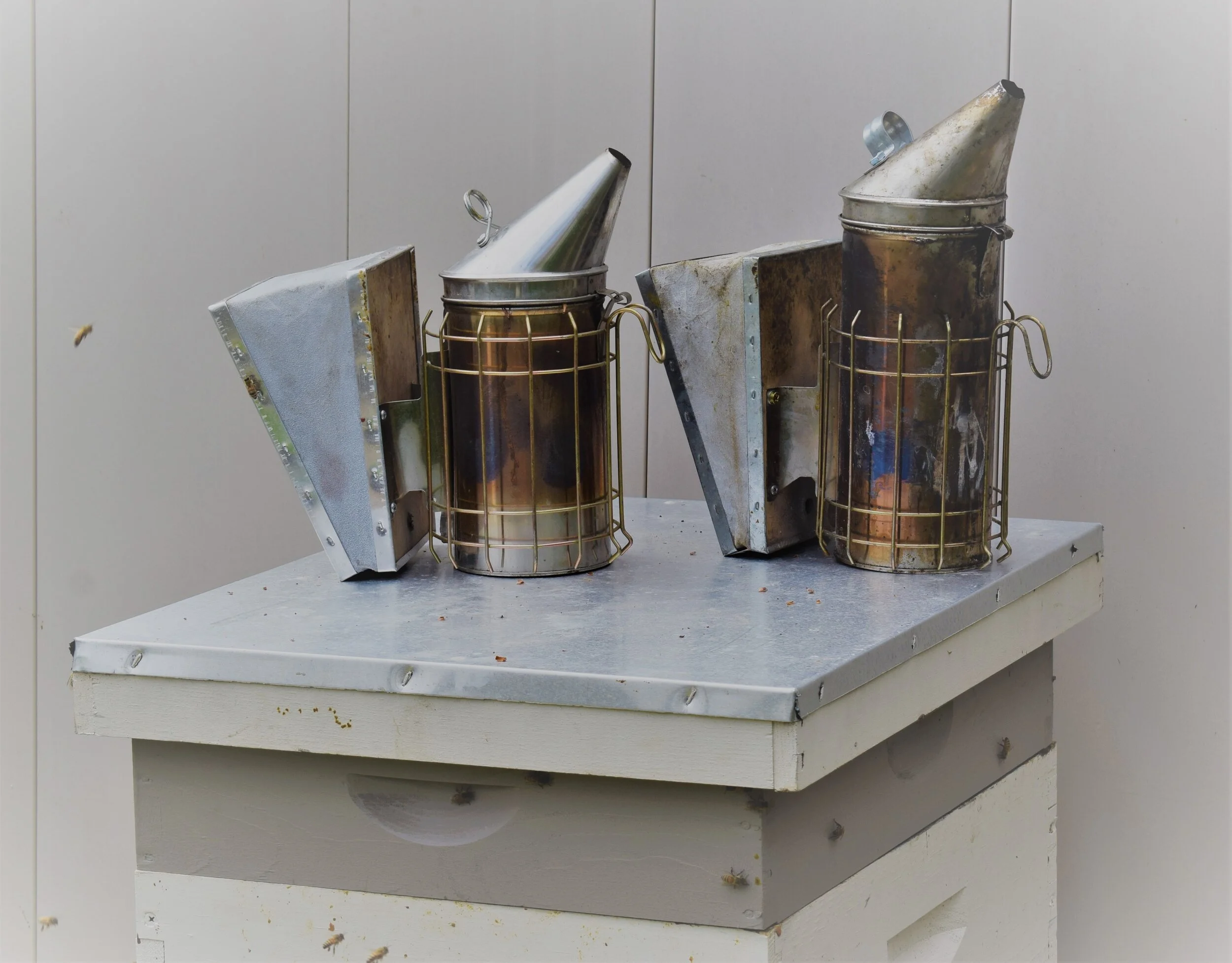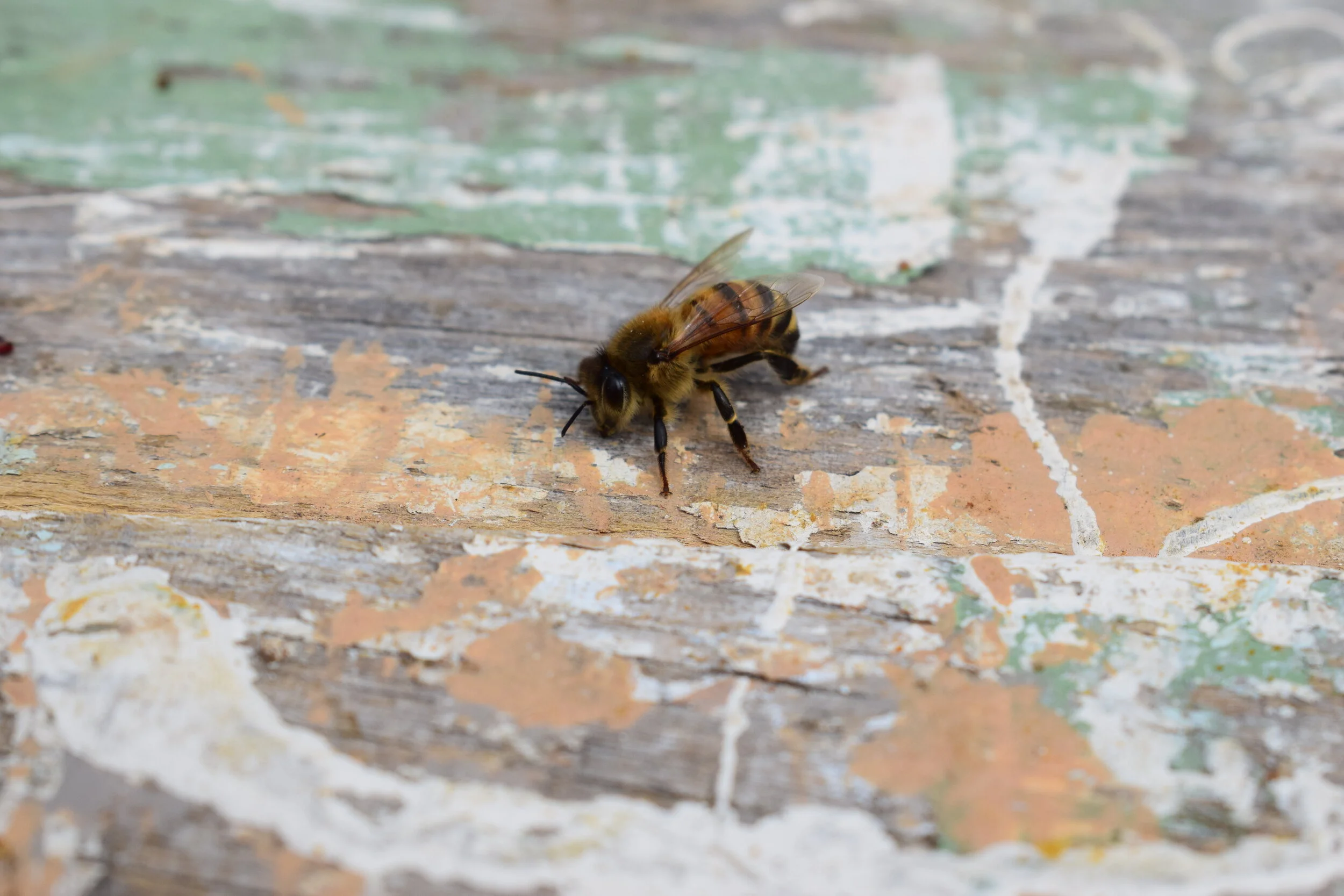What a Beekeeper Needs to Get Started
Being a beekeeper is a very rewarding, challenging, and interesting activity to get into. Whether you want to be a hobbyist or grow your apiary into a side hustle or more, there is always something to learn from the bees. For now we want to keep it simple and go back to the basics of what it takes to care for bees, some important things to know, and the tools and supplies you will need.
First thing you will need is TIME. There is nothing worth doing in this life that does not involve a certain amount of time and effort. This is no different in beekeeping. Regular inspections of your bees, to monitor what state they are in, is the most important part of keeping healthy, happy hives. Inspections require setting aside time at least once a week to get in there and see what is going on; these inspections may change in frequency depending on the time of year, but once a week is a good starting point.
A besetting struggle for beekeepers is bad WEATHER. Rain, though a crucial resource for the earth and for the bees, for which we are very grateful to have it when it comes, can pose problems when working with bees which is not a very pleasurable task in poor weather, in fact it can be down right unnerving. Something to be mindful of. If you are expecting some bad weather, it’s a good idea to do your inspections when you have the opportunity, always better a little early than too late. We are always checking the forecast and making our plans accordingly.
The best time to work your bees is on a nice sunny day during the middle of the day when most foragers are busy working outside the hive. This will leave you with mostly nurse bees to deal with and they are much nicer, something we greatly appreciate.
It is important to be comfortable being close to the bees and having patience. There is a delicate balance between taking too much or too little time. You cannot be afraid to take the time to do what you need to during any given inspection, rushing only leads to mistakes happening. Working slowly, using your smoke properly, having deliberate but not sudden movements, and being gentle and calm will go far. These are skills that will come in time.
There are a few basic tools you will need to do hive inspections. Some people have a wide range of tools they carry with them. We have quite a bit we lug around, but for the basics, it is not a long list.
The first thing you will need is protective equipment in a veil of some kind as well as gloves. There are many options ranging from full body suits, to jackets, to just a veil. Choose what is best for you, but we prefer using just a jacket. They are very easy to put on and take off, mostly with just a couple simple zippers. Ventilated jackets also are highly recommended! We do often times use only a veil, this has to do with comfort and convenience particularly during the summer months. Protecting the head and face, we feel is a must, but when it comes to the hands, we view that as optional. We work without gloves as much as we possibly can, sometimes it just isn't practical, but there is no replacing the feel of gloveless hands. There are many varieties in gloves, but they all serve the same purpose; this comes down to what works best for you.
Here’s a good example of tools you will need.
We have a lighter and a strap here as well. Very useful tools and much needed. The strap is essential to keep the hives from tipping over during a windy or stormy day.
Now that you have your PPE, there are a couple main hand tools you will need. First the hive tool. This is basically a mini crowbar designed with beekeeping in mind. There are many different types and designs. We mostly use the J hook type(the one with red paint in the picture. They are small and we have found them easy to work with, the hook is very useful in getting frames out that the bees have glued in good. Overall hive tools are cheap, so buy a couple different types and see what you like. We know some people that use their own tools such as the hook type paint scraper. This does work, but a good hive tool is better suited for the job.
Next is something kind of random but very useful in certain situations, this is a bee brush. These come in handy more that you will realize. Once you use one you will understand, so be sure to pick one up and have it on hand. There are all kinds of fancy tools you can buy but the simplest ones sometimes become the most important. We try to take gentle care of our bees and the bee brush helps us corral them and keep them from being squashed. They do not seem to be very fond of the brush, but it is for their own good.
They make smokers in different sizes
Can you tell which one has been used more?
Finally a hugely important tool to any beekeeper is the smoker. Using this tool is a skill unto itself and when used properly, it is extremely helpful to the beekeeper. This is something we suggest you not skimp on but buy the best. It will pay off in the long run. It is well known that Dadant makes some of the best smokers and that is where we suggest you start looking. There are many cheap options on amazon and such but they do not seem to measure up in comparison. Lighting up and keeping a smoker lit as well using a smoker efficiently are techniques that must be learned, but having a quality one to begin with is super important.
Collecting these few tools and following the simple tips here will get you off to a good start on your beekeeping journey. There is always something to learn when it comes to bees, they are such mysterious creatures, and there is never a dull moment, but the sweet taste of honey and the joy of happy healthy bees makes it all worth it.





